The Power Shield for the WeMos D1 Mini is now available from our reseller, Freetronics. If you’re using the D1 Mini in any of your home automation projects, this shield will be a life saver!
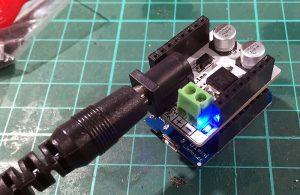
The D1 Mini includes WiFi, but it doesn’t have Bluetooth so this shield allows you to add an HC-05 (or pin-compatible) Bluetooth serial module.
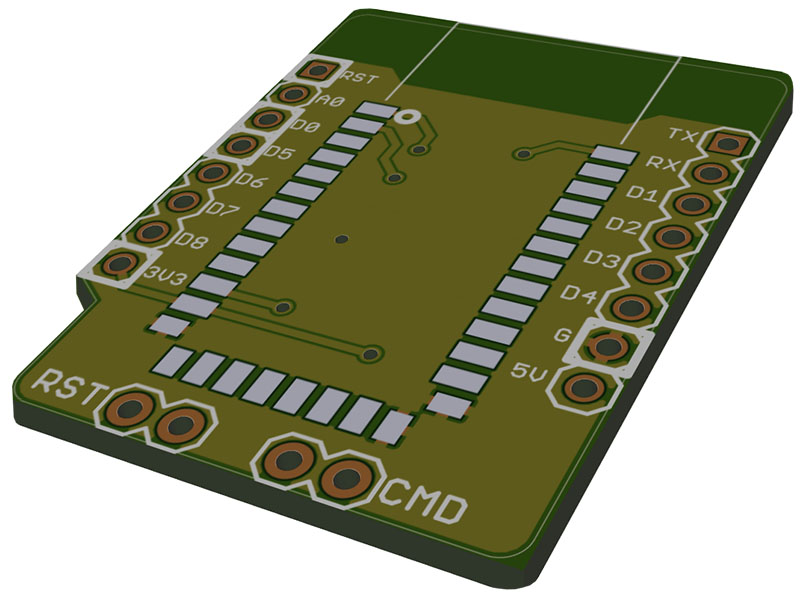
The Bluetooth module uses a serial connection, so the D1 Mini can simply open a serial port using pins D0 and D5 to talk to the module. The shield also brings out pads for RESET and COMMAND jumpers. The RESET jumper links the Bluetooth reset to the D1 Mini reset, so that the Bluetooth module is forced to reset every time the D1 Mini does. The COMMAND jumper forces the HC-05 Bluetooth module into command mode, which can be used by the D1 Mini to send new configuration commands to the module. You can also link this across to one of the digital pins if you like, so that the D1 Mini can put the Bluetooth module into command mode under software control.
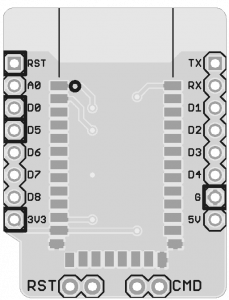
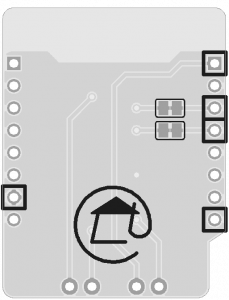
PCBs for these haven’t arrived yet. I’ll update this page when they are available.
Source files: github.com/SuperHouse/D1MBLUE
Not just for servos, this can also be used as a general-purpose 16-channel PWM output shield.
Includes a PCA9685 16-channel PWM output controller, which is ideal for driving up to 16 servos or LEDs. Uses I2C so it only needs 2 I/O pins to control it, and you can even have multiple shields stacked together with different addresses.
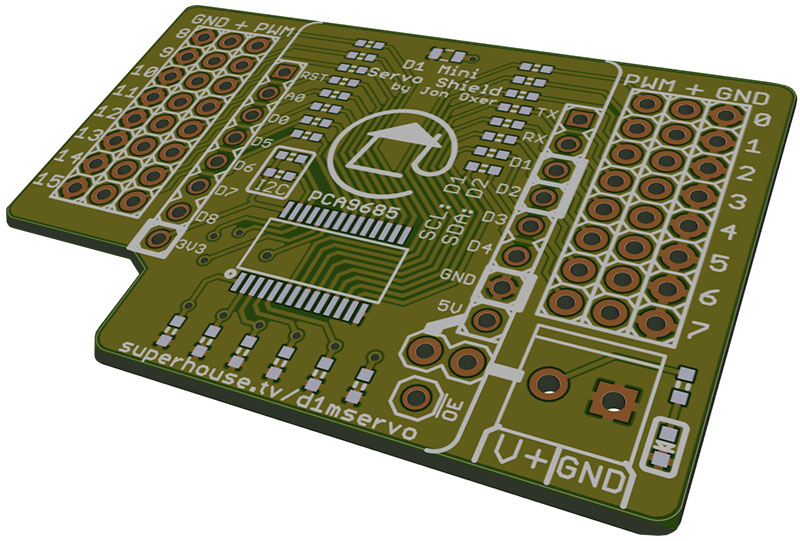
Features include:
Note that the PWM channels only output 3.3V. This is sufficient to control most typical hobby servos (we haven’t found any that don’t work yet) but you should check first if your servo can be controlled at 3.3V. The servo itself can still run at 5V or 6V or whatever: this is just for the voltage of the control signal.
I haven’t received PCBs for these yet, so I’ll update this page with more info and pics when they arrive.
Source files: github.com/SuperHouse/D1MSERVO
Yet another shield for the D1 Mini! I laid out a bunch of them in a burst of sudden enthusiasm, so there are even more to come after this.
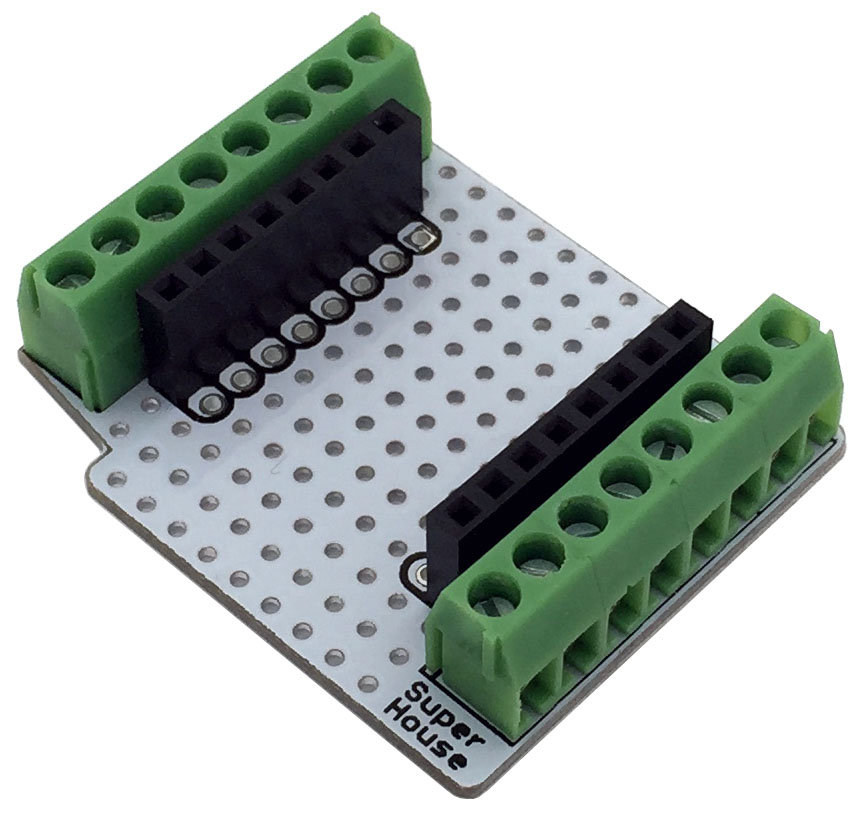
More info at its permanent page: www.superhouse.tv/d1mterminal
Quickly connect external wires to your WeMos D1 Mini using this Terminal Shield. All D1 Mini headers are broken out to matching 3.5mm pitch screw terminals, and also broken out to solder pads. There’s a prototyping area in the middle with extra pads for you to add your own parts, so you can use this shield to combine your own directly connected components with easy external connections.

The Terminal Shield can be used with either stacking headers or regular pin headers.
Note: I screwed up with generating the PCB production files for the first batch, so the prototyping area in the middle has solder mask right up to the edges of the holes. This means it’s hard to solder parts in place, although it can still be done by putting solder in the holes. The shields work just fine for connecting things to the screw terminals though. This will be fixed in a future batch.
Design files: github.com/SuperHouse/D1MTERMINAL
This is a simple shield outline designed to be used as a project skeleton for whatever you want to design.
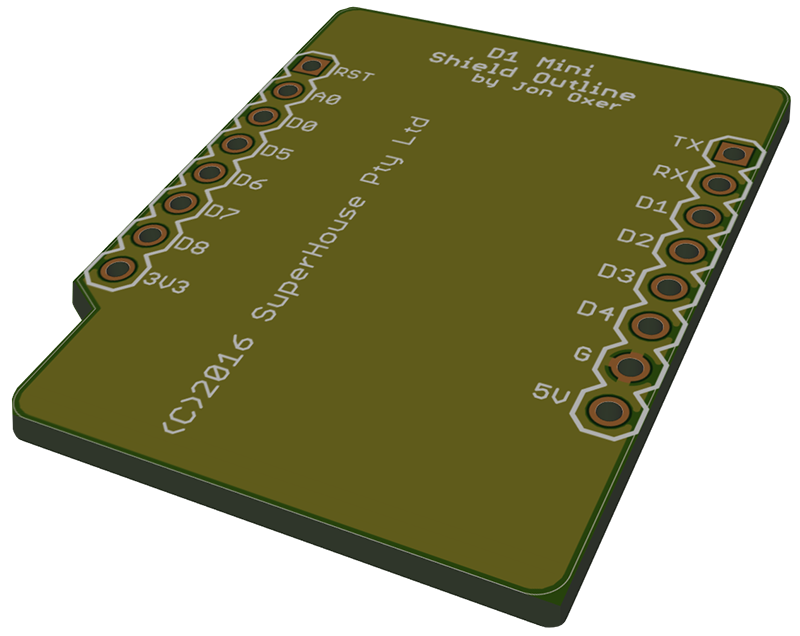
All the details are at www.superhouse.tv/d1msho.
I needed to create a few shields for the WeMos D1 Mini, and it’s a pain starting from scratch every time. This shield outline is a minimal starting point to save time when creating a new shield. It includes the shield outline, top and bottom ground planes, D1 Mini headers, and pin labels on both the top and bottom.

Just download the project from GitHub, make a copy with whatever name you want for your shield, open it in EAGLE, and get started! Grab it from github.com/SuperHouse/D1MSHO
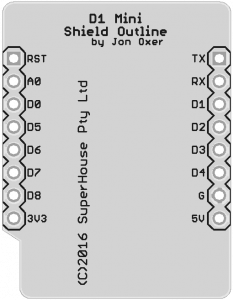
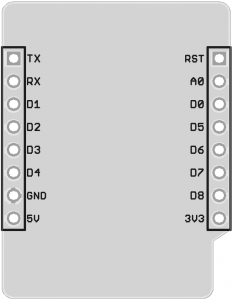
A very simple shield for the WeMos D1 Mini: the only thing that stops it being a simple grid of holes is that it has breakouts for the headers, and it includes the orientation notch to align it with the reset button on the Mini.
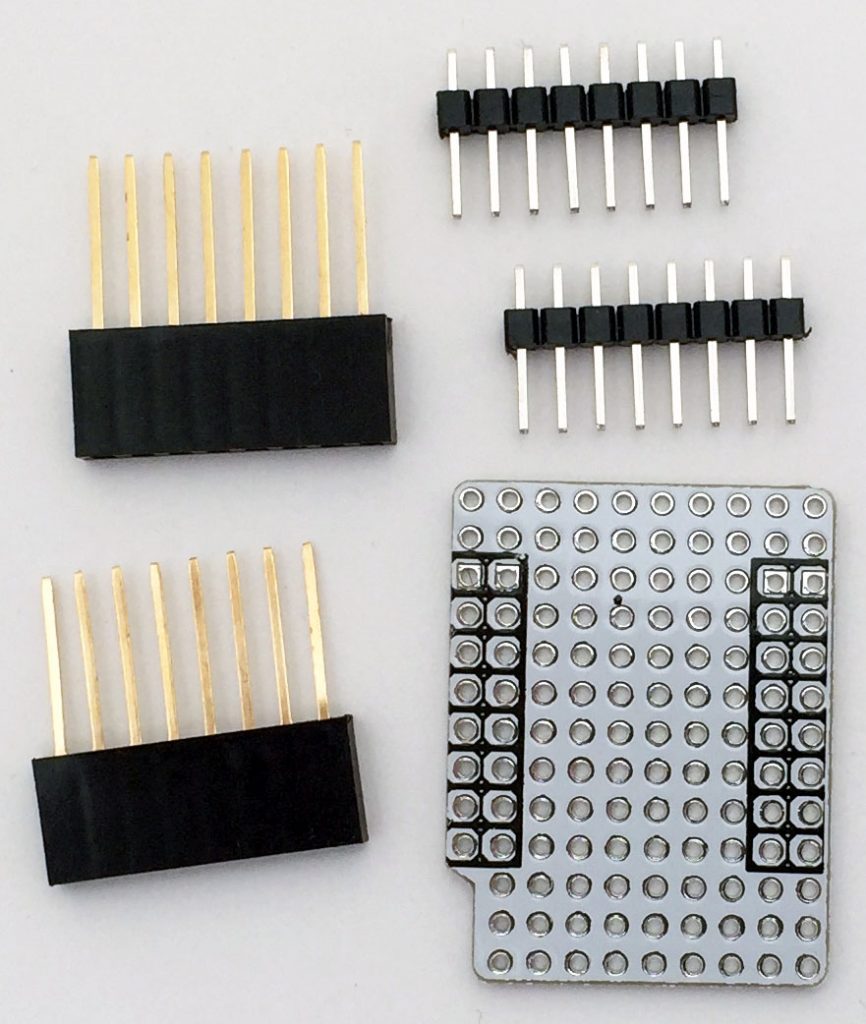
The permanent page for it is at www.superhouse.tv/d1mproto.
This tiny prototyping shield lets you add your own parts to the WeMos D1 Mini microcontroller board. It includes breakouts for the D1 Mini headers, and a grid of individual pads / holes for you to add your own parts.
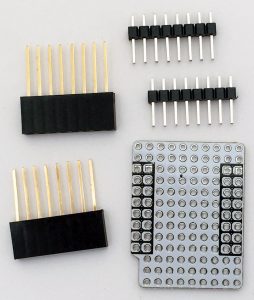
I prefer prototyping boards to have all the pads separate, because then I can link them in any direction using jumper wires, solder bridges, or component legs. I hate having to cut tracks on linked prototyping boards.
I already have plenty of the PCBs and headers, so these will be available as a product just as soon as I get around to putting them in bags.
Design files: github.com/SuperHouse/D1MPROTO
The WeMos D1 Mini is a fantastic little development board based on the ESP8266 microcontroller with WiFi. It’s super cheap, and there’s even support for it now in the Arduino IDE so you can program it easily. If you haven’t seen it before, check it out on the WeMos site.
One limitation is that it needs 5V USB power to run, which is a pain if you want to build it into a project that doesn’t have USB power easily available. I designed this shield to give the D1 Mini the ability to accept power from 7 to 14Vdc (up to 20Vdc in a pinch) via a 2.1mm DC jack or screw terminals.
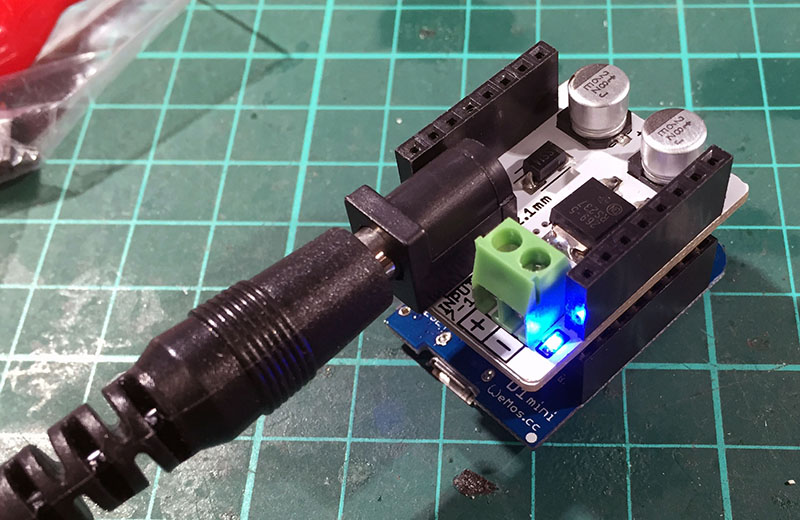
I hope to turn this into a product soon: I just need some more parts to arrive. There’s a page for it now at www.superhouse.tv/d1mpower.